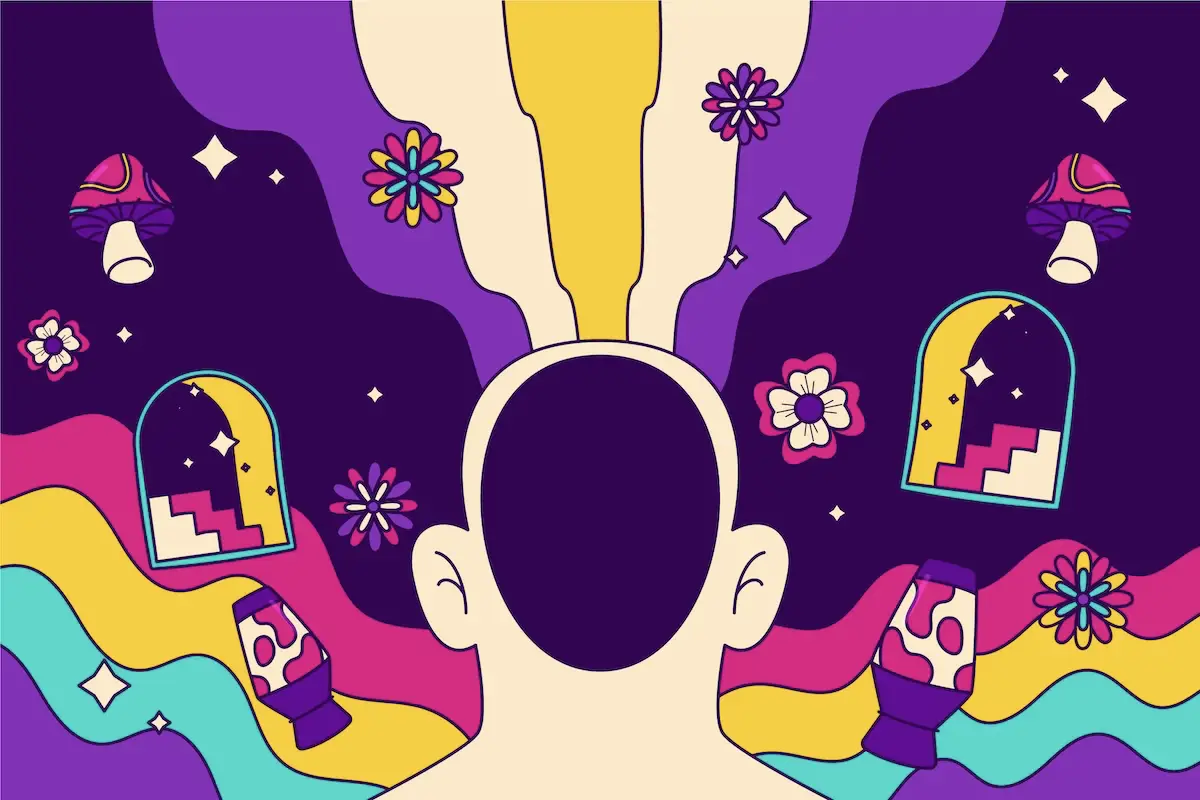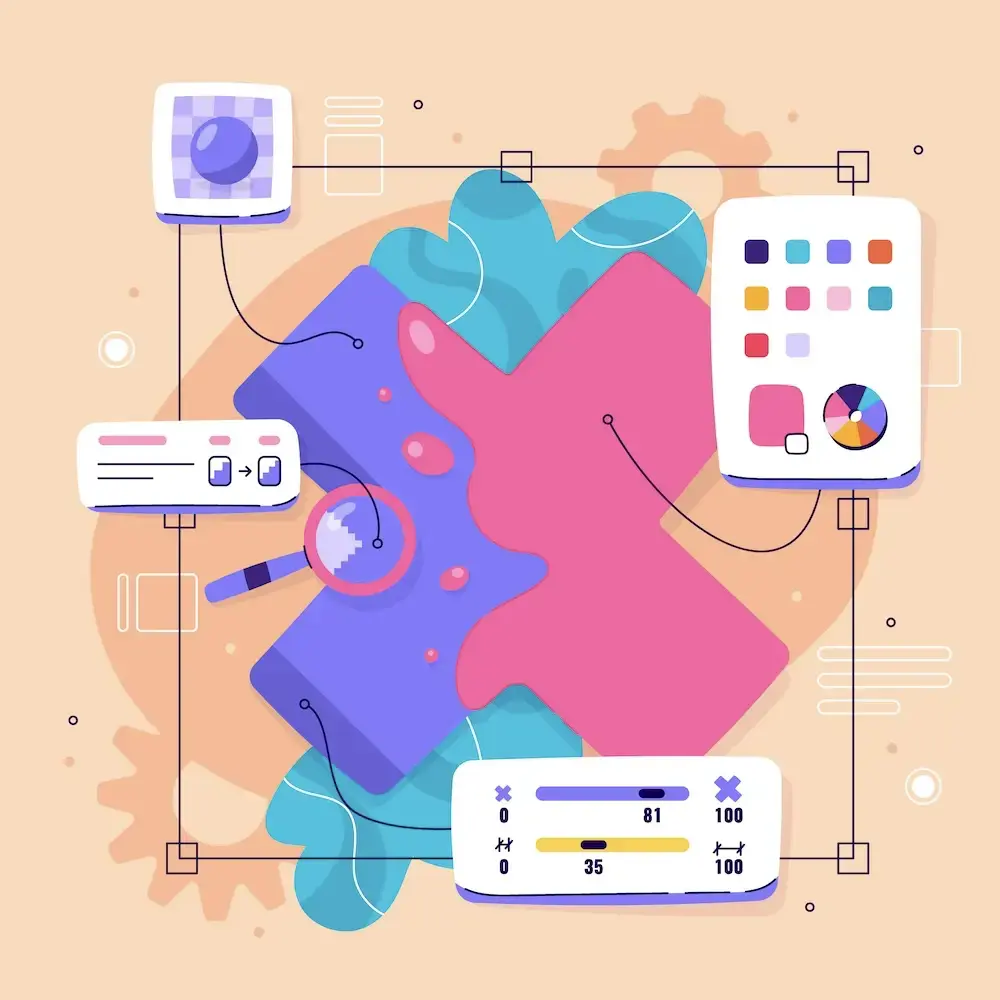The Psychology of colors in Creative Marketing


Understanding color Psychology
color psychology explores how colors influence human behaviour, emotions, and moods. In marketing and creative direction, using colors effectively can evoke emotions and spur action. Various colors can affect a person’s mood, thoughts, and actions in various ways. Additionally, colors carry diverse meanings and associations in different cultures and settings, underscoring the importance of creative directors comprehending the psychological aspects of the colors they employ.
This field of study is crucial when developing marketing materials, establishing a new business, or rebranding an existing one. For instance, in a study called “Impact of color on marketing,” researchers discovered that as much as 90% of initial judgments made about products can be solely influenced by their color.
The Importance of color in Creative Marketing

color is a fundamental element of design and marketing. It is the first thing that catches a viewer’s eye and can have a profound impact on their perception of a brand, product, or message. The importance of color in creative marketing can be summarized as follows:
First Impressions: color is often the first thing people notice when they encounter a design or product. It can create an immediate emotional response, and these first impressions can be long-lasting.
Emotional Connection: Different colors are associated with specific emotions. For example, red is often linked to excitement and passion, while blue is associated with trust and calm. Marketers can use these associations to influence how customers feel about a brand.
Brand Identity: color is a key element of brand identity. Companies like Coca-Cola and McDonald’s are instantly recognizable by their red and yellow color schemes. Consistent use of color helps build brand recognition and loyalty.
Call to Action: The color of a call-to-action button can significantly impact conversion rates. Studies have shown that a well-chosen color can increase click-through rates and sales.
Cultural Significance: Different cultures have varying associations with colors. Understanding the cultural significance of color is crucial for global marketing campaigns. For example, while white signifies purity in Western cultures, it symbolizes mourning in many Asian cultures.
How color Helps Creatives

Creatives, including designers and marketers, rely on color to convey messages and elicit responses from their target audience. Here’s how color assists creatives in their work:
Enhancing Visual Appeal: Creatives use color to make designs visually appealing and eye-catching. The right color combinations can draw attention and engage viewers.
Storytelling: color can be a powerful tool for telling a story. A well-chosen color palette can convey the mood and message of a design without the need for words.
Differentiation: In a competitive market, creatives use color to differentiate their brand or product from competitors. A unique color scheme can make a brand stand out.
Consistency: Creatives ensure that color is used consistently across all marketing materials, which helps build a strong and recognizable brand identity.
Emotional Impact: Creatives use color to evoke specific emotions in their audience, aligning those emotions with the brand’s values and goals.
Benefits of Understanding the Psychology of color in Creative Marketing
Understanding the psychology of color in creative marketing comes with a range of benefits:
Increased Conversions: By using color strategically, businesses can increase their conversion rates. For instance, a red “Buy Now” button might encourage more purchases.
Improved Brand Recognition: Consistent use of color in branding helps customers remember and recognize a brand, even without the presence of a logo or name.
Better Communication: colors can help convey messages and information more effectively. For example, green may signify eco-friendliness, making it a great choice for eco-conscious products.
Enhanced User Experience: Thoughtful use of color in web design and user interfaces can improve the overall user experience, making websites more intuitive and enjoyable to navigate.
Strong Emotional Connections: Brands can create deep emotional connections with their audience by using color to resonate with customers’ values and aspirations.
Examples of Effective Use of color in Creative Marketing
Coca-Cola: The iconic red and white color scheme of Coca-Cola has been consistent for over a century. The red color is associated with excitement and happiness, making it a perfect choice for a refreshing beverage.
Facebook: The blue color in Facebook’s branding is meant to evoke a sense of trust, reliability, and calm. It also symbolizes the vastness of the digital world.
Apple: Apple’s minimalist design uses white to symbolize simplicity, purity, and innovation. This aligns with the brand’s identity as a tech leader.
McDonald’s: The combination of red and yellow in McDonald’s branding is bold and energetic, encouraging fast food consumption and a sense of fun.
Final Thoughts






